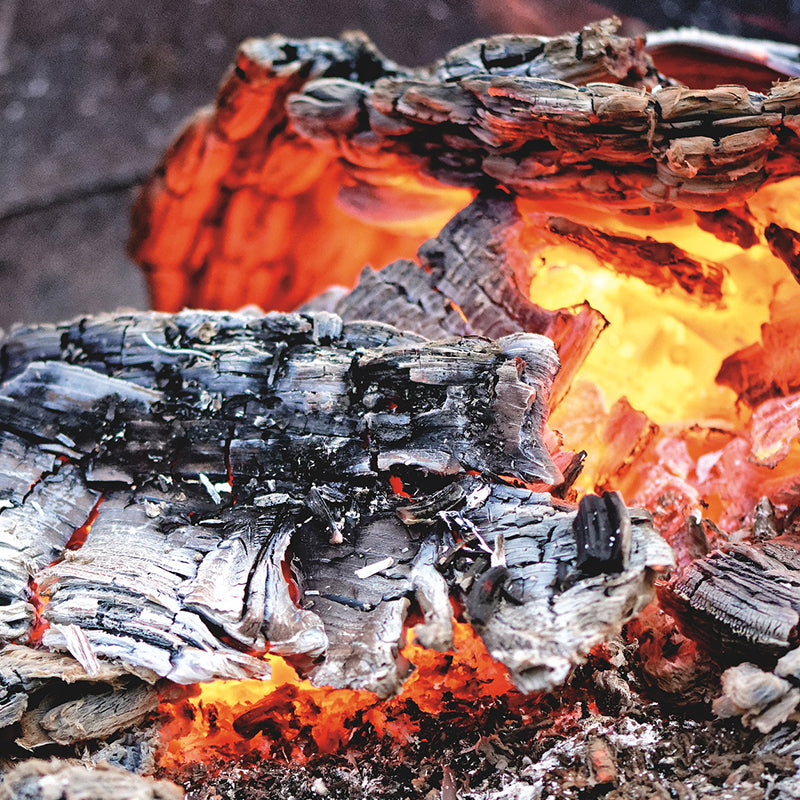Wood Ash from your Stove for your Garden
As many of us have been unable to go to work during the current Corona Virus pandemic, and the weather has been drier and milder than normal, a lot of us have been spending more time in the garden planting flowers or growing vegetables. But did you know you have a secret ingredient ideal for your garden from your Wood Burning Stove: Wood Ash.
Sprinkled onto the top of the compost heap, wood ash raises the alkalinity, which tiger worms love in order to thrive. Compost heaps from kitchen waste and grass cuttings are too acidic and therefore are unsuitable for the composting worms. However, a regular sprinkling of ash will soon sort them out. It is important to keep the ashes dry before putting them on the heap, as the potassium is easily washed out. Ashes left in a bucket or wheelbarrow will quickly become sludge and the benefits lost through leakage.
Wood Ashes are particularly useful around fruit berry bushes, which are greedy for potash. Potash deficiency is visible via yellowed and browning edges to leaves. Potassium is also needed in the process of wood-ripening. Too little will increase the chance of frost or insect damage and decrease the chance of fruit - such as gooseberries and redcurrants - forming on wood that ripens in the previous year.
If you choose to use the Wood Ash directly on soil, this should be done in late winter at a rate of 50-70g per square metre. Different soil types vary in the way they deal with your ashes. Heavy clay soil, will store potash longer, while light, sandy soil, the potash will soak down quicker so just keep an eye. You can also sprinkle over the soil before digging, partly to add potash, partly to lime it. This is particularly useful when a piece of ground has had a lot of animal manure dug in over successive years. Cattle manure, in particular, is very acidic and the wood ash helps right the pH level. This is especially relevant if you are preparing the ground for the Brassica family, as clubroot is much more likely in acidic soils.
If you don’t use Ash for your garden, Stove owners are advised to safely dispose of ash from their wood-burning and multi-fuel stoves as it may cause carbon monoxide poisoning or a house fire.
You should ensure:
- to leave sufficient time after a fire to let the ash cool and keep the door to the stove closed.
- when disposing of ash, you do so with the correct equipment, such as safety gloves. Use a galvanised steel or metal ash can or bucket that can be sealed to collect all the unwanted ash.
- to take your time to remove the ashes to avoid any ash spreading across your room. Slowly transport the container outside of your house and dispose of in a designated area.
- you do not allow ash to collect in the bucket inside your house for any period of time.
- coal ash should always be disposed of safely, wood ash can be used in several ways once cooled. Check with your local council for specific guidance for disposal of ash into general waste.

